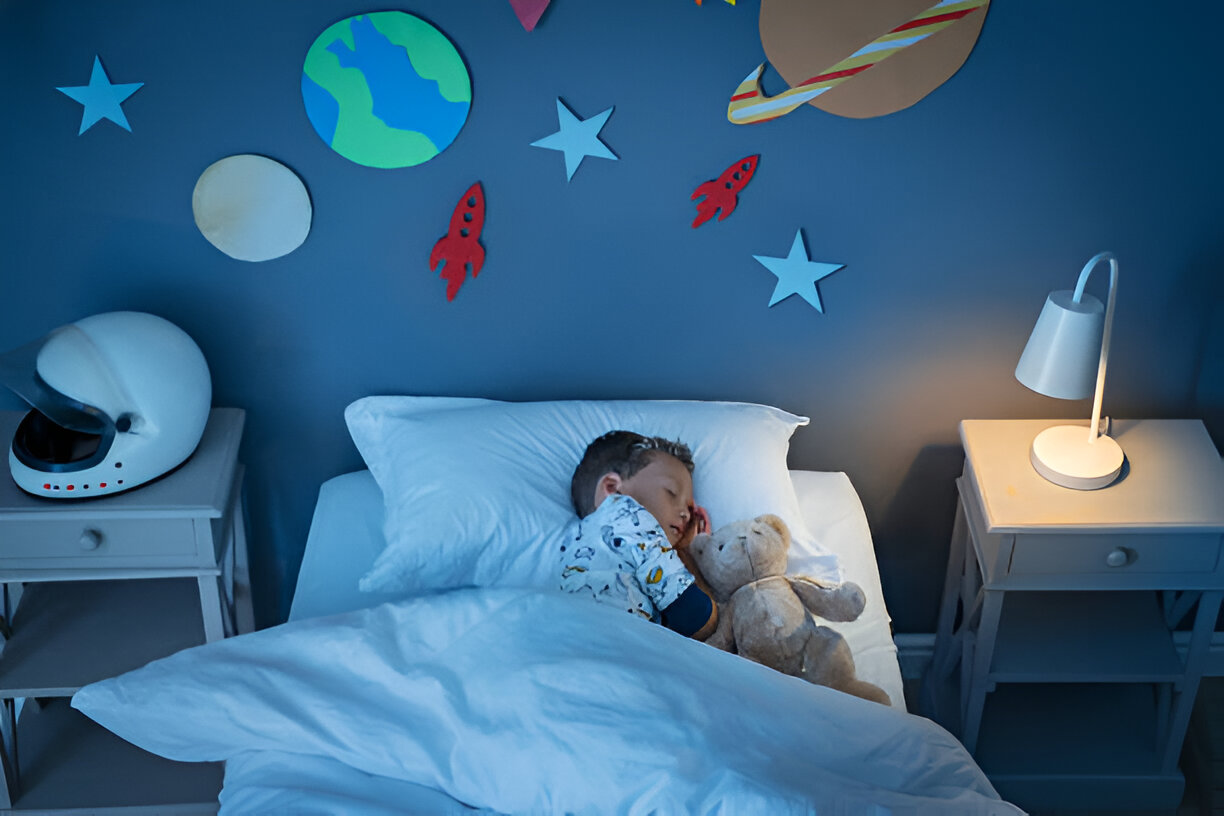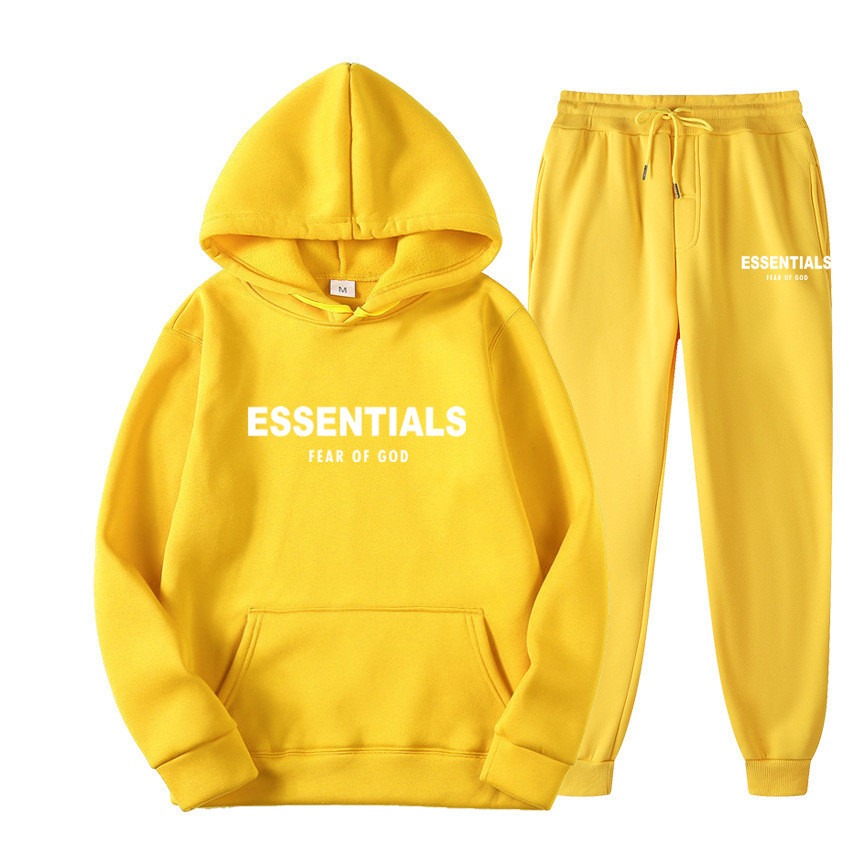Choosing the right bed for your child is an essential part of ensuring they have a safe, comfortable, and restful sleep environment. Beds for children come in various styles, materials, and designs, each offering different benefits for your child’s needs. As a parent or guardian, you want to consider factors such as safety, size, durability, and the overall design of the bed. This guide will help you navigate through the options and choose the best bed for your child in the UK.
1. Consider the Size of the Bed
One of the first things to think about when purchasing a bed for your child is the size. In the UK, children’s beds typically come in three main sizes:
- Cot beds (70 x 140 cm): Ideal for newborns and toddlers, these beds provide a secure environment for little ones to sleep in during their early years.
- Single beds (90 x 190 cm): As your child grows, a single bed is usually a good option. It offers ample space for children to sleep comfortably and fits most standard-sized bedrooms.
- Junior beds (70 x 160 cm): A smaller alternative to a single bed, these beds are perfect for children who are transitioning from a cot but aren’t ready for a full-size single bed.
When selecting the bed size, consider your child’s age, room space, and the longevity of the bed. A single bed might be a longer-lasting investment, while a cot or junior bed might be more appropriate for younger children.
2. Prioritize Safety Features
Safety is a primary concern when choosing a bed for your child. Accidents and falls are common with younger children, so it’s important to look for beds that include safety features such as:
- Side rails or guardrails: These prevent your child from falling out of bed while they sleep. Side rails are especially important for children transitioning from a cot to a bigger bed.
- Non-toxic finishes: Ensure the bed has a non-toxic finish, especially if the child is prone to biting or touching the bed frame.
- Sturdy construction: Look for a bed made from durable, solid materials like wood or metal to ensure it can withstand wear and tear.A
It’s always a good idea to check the safety standards of the bed you’re considering. Many beds in the UK meet safety regulations, but it’s always worth double-checking.
3. Consider the Design and Theme
Children’s beds come in a variety of designs and themes that cater to different tastes and preferences. From themed beds with characters to more neutral designs, the bed should match your child’s personality and bedroom decor.
- Themed beds: If your child loves a particular character or theme, such as animals, fairies, or superheroes, you can find beds designed to match those interests. This can help make bedtime more exciting for children who might struggle with the concept of going to bed.
- Neutral beds: For a more versatile option, you can opt for beds with neutral colours or minimalist designs that can grow with your child. These types of beds can blend well with various bedroom themes and are a good investment if you want something that won’t need replacing as your child’s tastes change.
The design of the bed is important not just for aesthetics, but also for its functionality. For example, bunk beds or loft beds are great space-savers, especially if your child’s bedroom is on the smaller side.
4. Material Durability and Quality
The material of the bed plays a huge role in its durability and longevity. Children can be rough on furniture, so you’ll need to choose a bed that can withstand some wear and tear.
- Wooden beds: Wooden frames are a popular choice because they are durable, sturdy, and timeless. Hardwoods like oak or beech are more durable, but softwoods like pine are more affordable. Be sure to check that the wood is properly treated to prevent splinters or damage.
- Metal beds: Metal frames are another durable option. They tend to be lighter than wooden beds, making them easier to move. However, metal frames can be prone to scratching and may not offer the same warmth as wooden beds.
- Fabric-covered beds: Upholstered beds can be stylish and comfortable, but they may require more maintenance, as fabrics can stain or wear out quicker than wood or metal.
Opt for beds made from high-quality materials that can handle the daily activity of a child. It’s also worth considering the type of finish used, as this can impact both the appearance and durability of the bed.
5. Storage Options
Children’s rooms can often become cluttered, especially as they accumulate toys, books, and clothes. A bed with built-in storage can be an excellent solution to help keep things organized and free up floor space.
- Storage drawers: Many children’s beds come with storage drawers beneath the bed frame. These can be used for storing toys, clothes, or bedding, making them a convenient option for smaller rooms.
- Lofted beds: For older children, a lofted bed allows for additional storage or even a play area underneath. This is a great space-saving solution for rooms with limited space.
- Bunk beds: Some bunk beds come with integrated storage units, such as shelves or drawers, under the lower bunk. This can be a practical solution for siblings sharing a room.
Having a storage solution built into the bed helps keep the room tidy and organized, making it easier to maintain a clutter-free environment.
6. Comfort and Mattress Choice
The mattress you choose for your child is just as important as the bed itself. A good mattress supports your child’s growing body, promotes healthy sleep, and ensures they wake up feeling refreshed. When selecting a mattress, consider:
- Firmness: For young children, a firmer mattress is usually recommended as it provides better support for their growing bodies. However, older children might prefer a medium-firm mattress for added comfort.
- Material: Look for hypoallergenic mattresses, especially if your child has allergies. Memory foam, pocket sprung, or foam mattresses are all popular options.
- Breathability: A breathable mattress helps regulate your child’s temperature during sleep, preventing overheating or discomfort.
Take time to find a mattress that complements the bed and suits your child’s needs for a restful night’s sleep.
7. Budget Considerations
While you want to invest in a good-quality bed for your child, it’s important to work within your budget. Prices for children’s beds in the UK can vary greatly depending on the design, material, and features. Set a budget before you start shopping to narrow down your options and avoid overspending.
Conclusion
Choosing the best bed for your child in the UK involves balancing comfort, safety, design, and durability. By considering the size, safety features, material, storage options, and comfort, you can ensure your child has a bed that suits their needs and preferences. With the right bed, your child will enjoy a good night’s sleep and a bedroom that reflects their personality.



